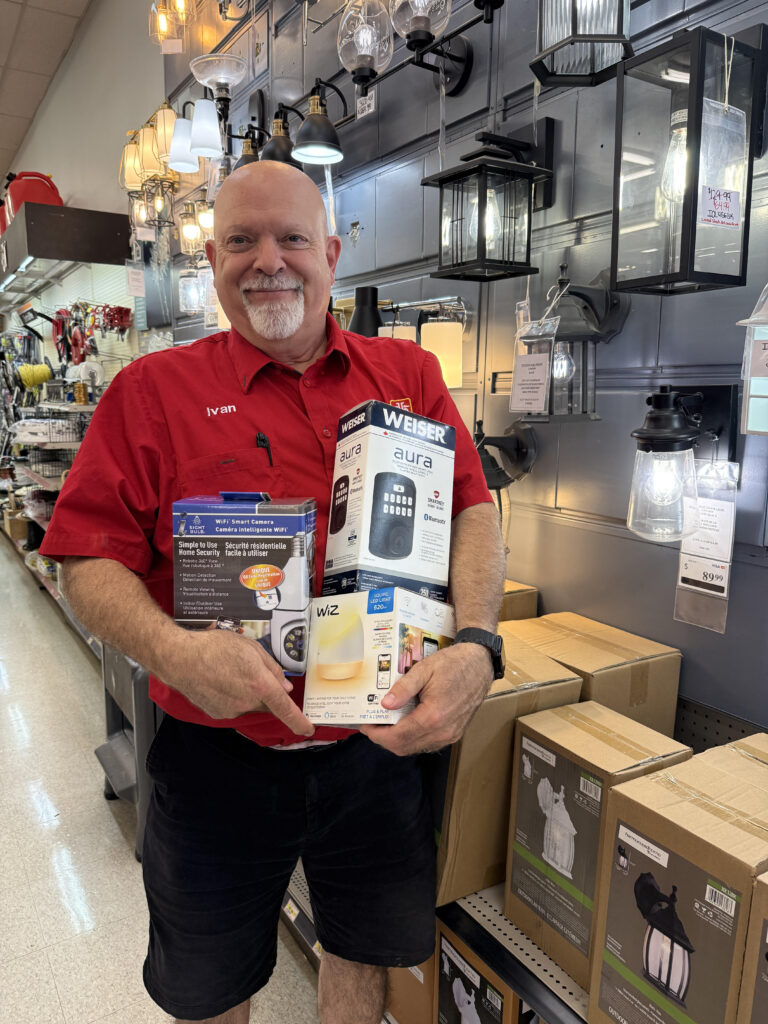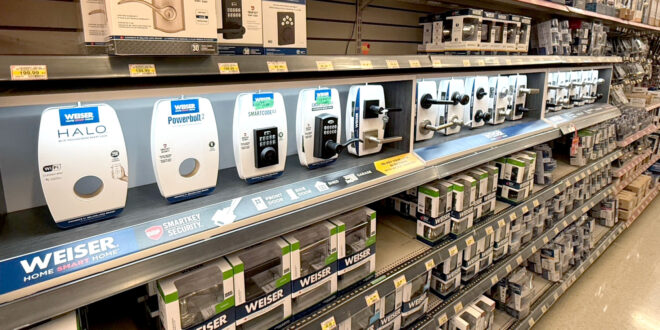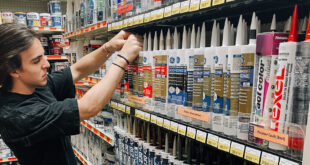With more homeowners adopting energy efficient and cost-saving strategies for their homes, carrying a variety of smart home products is more important than ever. According to research from the Home Improvement Research Institute (HIRI) on homeowner trends in energy efficiency, more than one-third of homeowners plan to invest in smart home systems and energy efficient appliances over the next five years. In the study, 38% of homeowners report that they are likely to adopt smart home systems and 18% say they are likely to purchase a home energy management system.
“Smart home technology has come a long way, and it’s about much more than just convenience,” says Cassie Pound, vice president and co-owner of Quality Heating, Cooling, Plumbing and Electric in Tulsa, Oklahoma. “Whether it’s a thermostat that learns your routine or a leak detector that helps you avoid costly damage, these devices are smart investments. They save money, protect your home and give you a clearer picture of how your systems are running.”
Although the statistics show smart home products are gaining popularity, many retailers are facing challenges in marketing them effectively and getting customers to actually buy them. Hardware Retailing spoke to one retailer who has discovered impactful ways to promote smart home products, and he shares his best practices to help other retailers find success in this category.
Integrate Into Traditional Categories
At Callbecks Home Hardware Building Centre in Summerside, Prince Edward Island, marketing coordinator Justin Doiron has found success selling smart home products within general categories of products, like lighting
and thermostats.
Callbecks Home Hardware carries a range of smart home products, including smart locks, smart light bulbs and fixtures, switches, outlets, thermostats and appliances like air conditioners and dehumidifiers. Callbecks’ affiliated furniture store, Leon’s Summerside, also sells a wide selection of smart appliances alongside traditional appliances.
“We don’t have a dedicated section for smart home products in our store,” Doiron says. “Instead, these items are integrated throughout the departments where they naturally fit to encourage discovery.”
 While smart home products aren’t a major selling category at Callbecks, customers often stumble upon these products while browsing. Customers don’t often come to the store specifically looking for a smart home item, but are exposed to the options available because these products are sold on the shelves next to traditional items.
While smart home products aren’t a major selling category at Callbecks, customers often stumble upon these products while browsing. Customers don’t often come to the store specifically looking for a smart home item, but are exposed to the options available because these products are sold on the shelves next to traditional items.
“It varies by department, but these products don’t stand out as a major traffic driver. Customers often discover and purchase smart home items alongside other hardware and household needs,” Doiron says.
Callbecks’ customer base ranges in demographics, age range and preference. Doiron says younger customers tend to be the main buyers of these products, but other generations have also started to latch onto tech-savvy solutions.
“Demand in this category has certainly been growing,” Doiron says. “As a business with over 125 years of history, we serve a multi-generational customer base, which makes the trend especially interesting to watch. Younger customers tend to be more technology-driven, but we also see many seniors embracing smart devices for the convenience and lifestyle improvements they offer.”
Emphasize Eco-Friendly Features
According to HIRI’s Generational Differences in Home Improvement Activity study, as homeowners age, factors like cost savings and comfort cause individuals to invest in smart home technologies. In the same study, the data showed that across all generations, customers prefer energy efficiency over sustainability and tech-advanced features when it comes to making home improvement decisions. Emphasizing the cost-saving features of these products that compliment the eco-friendly side of them can more effectively market these products.
showed that across all generations, customers prefer energy efficiency over sustainability and tech-advanced features when it comes to making home improvement decisions. Emphasizing the cost-saving features of these products that compliment the eco-friendly side of them can more effectively market these products.
Doiron makes sure to do this when discussing smart home projects with customers.
“We make a point of highlighting anything in-store that’s innovative, unique or on the rise, and smart devices fall into that category,” Doiron says. “While these products are increasingly being seen as mainstream, we still emphasize their ‘smart’ qualities to ensure customers recognize the difference. Eco-friendly benefits—such as energy savings from smart thermostats or LED lighting—are definitely part of customer conversations and an important factor in their decision-making.”
The Future of Smart Home Living
According to Fortune Business Insights, the smart home market reached $147 billion in 2025 and is projected to surpass $633 billion by 2032. Here are the top smart home trends to watch:
Smart Water Sensors
Detecting leaks, frozen pipes and preventing plumbing accidents, smart water sensors work around the clock to keep homes safe.
Smart Thermostats
Using AI technology, today’s smart thermostats can learn a homeowner’s daily routine and adjust temperatures throughout the day. Through geofencing, some smart thermostats can use a phone’s location to track if a customer is at home or not, setting the home’s temperature accordingly.
Smart Kitchen Appliances
From induction stoves that alert users if skillets are compatible with the burners to in-oven cameras, kitchen appliances are using AI to adapt to the rapidly changing smart technological space.
 Hardware Retailing The Industry's Source for Insights and Information
Hardware Retailing The Industry's Source for Insights and Information






